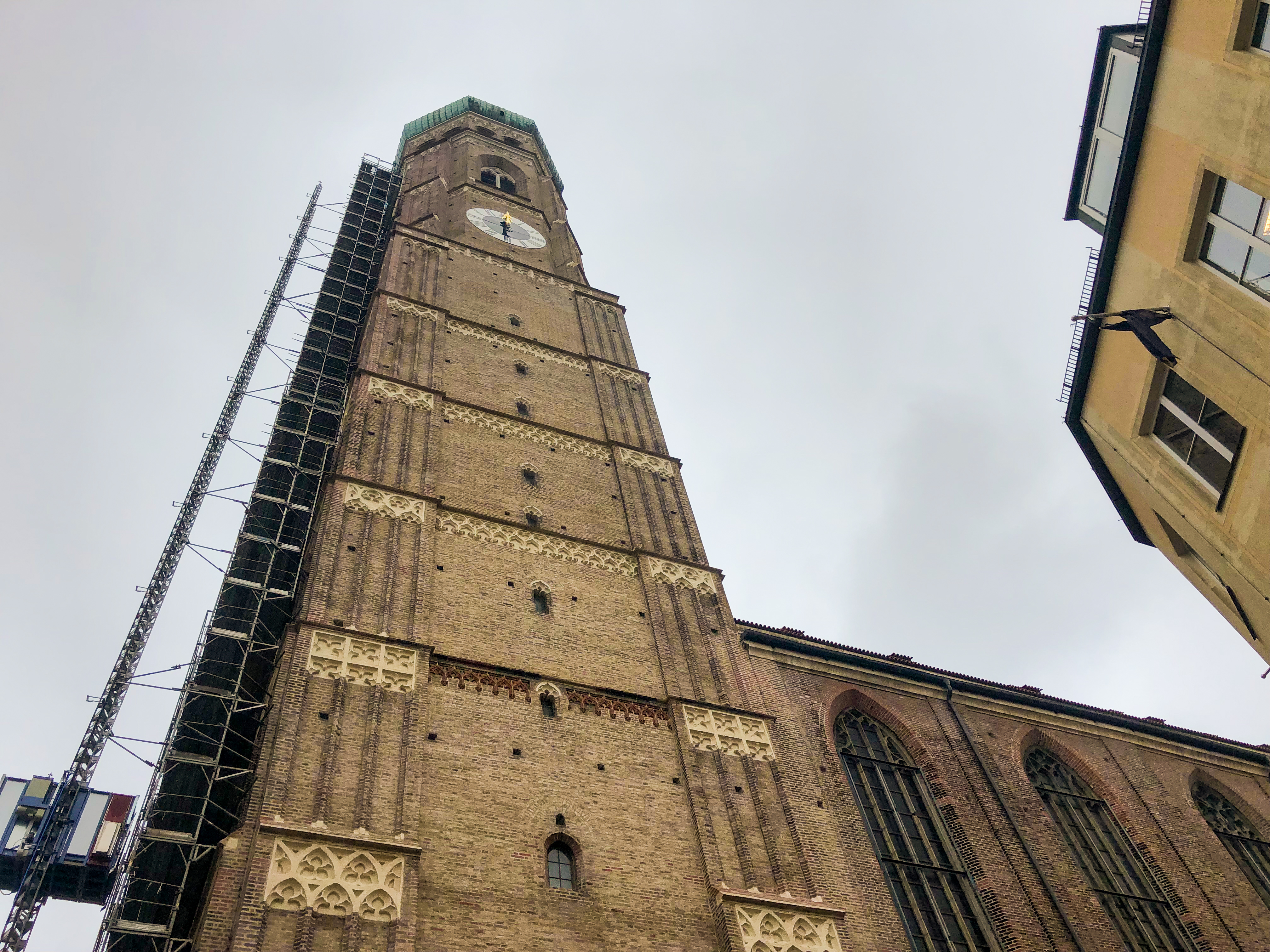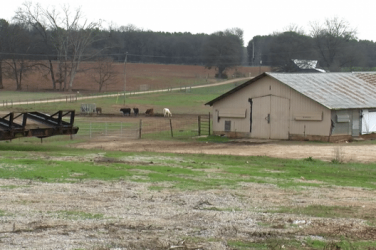Visit this symbol of Munich and you can see with your own eyes what people there call the Devil’s footprint and you can decide if your foot matches the foot of Satan himself.
Why It’s Newsworthy: At Frauenkirche Cathedral (Cathedral of Our Dear Lady) located in the center of the Marienplatz in Munich, you can find both Christianity AND the Devil’s footprint in the same building. More and more people from all over the world come to visit Munich’s many sight-seeing spots, like the Cathedral of Our Dear Lady. Munich showed a 6.5% increase in the amount of tourists who visited in 2018 with 8.3 million arrivals.The Story
If you visit Our Dear Lady Cathedral, you will find a footprint stamped in the middle of the narthex of the cathedral. If you walk a little further inside, you notice a small, cement plaque that tells you the legend of the footprint. The plaque reads that before the architect of the cathedral, Jörg von Halspach, began construction, he made a deal with the Devil to make sure it would be completed. In turn, the Devil insisted that the Cathedral have no windows so it would be a building of darkness. Once the building was completed, the Devil paid a visit to make sure Von Haspacj held up his end of the deal. The Devil walked into the narthex at the front of the church and saw no windows. Pleased, he stamped his foot in triumph in the grey and red marble tile. As he walked further into the church, he realized the architect had tricked him. Von Haspacj had, in fact, built windows into the cathedral, but had hidden them behind tall columns. The Devil took out his rage by turning himself into a great wind that he hoped would destroy the building, but he was unsuccessful. Today, the plaque reads that there has been a slight wind blowing through the building ever since and you can still see the Devil’s footprint still stamped in the tile.
What’s Cooler Than Devil’s Footprint?!
If you visit the church, you’ll find the Devil’s footprint isn’t the only unique feature of the Frauenkirch. “We saw the two green pillars (from outside) and thought they were beautiful,” said German university student Stephanie Weber. Weber added that the cross in the center of the church was her favorite part of the cathedral. “I can’t take my eyes away from it.” When you walk into the cathedral, you look to your right and see a tall, arching hallway held up with golden ribbed vaults leading to the altar. The hallway is so tall and long you could fit a giraffe and an elephant inside with room to spare. The white columns contrast with the dark wood of the pews and the gold accents of the ceiling. In the center of the hallway, you can look up and see the massive dark wooden cross seemingly floating in mid air with Jesus resting across it.
The Path of Destruction
During World War II, bombs falling from the sky heavily damaged the church. Workers were able to save most of the artwork inside, but the church itself went through major renovations. The art was finally restored to its home in the 1990’s.
This Cathedral Is So Gothic
The 15th century Cathedral of Our Dear Lady is the symbol of Munich. Two bright green pillars protrude almost 330 feet into the air (which is taller than Big Ben), making is hard to miss the church when you walk through the Marienplatz.
“The two onion shaped domes (on top of the towers) are a copy of the ‘Dome of the Ropes’ in Jerusalem, and it was copied because people believed the center of the world to be Jerusalem,” said Stephen Johannes who has worked at the informational center for 10 years. The onion domes were not constructed until 1525 following the completion of the chapel. “The rumor behind the pillars and domes,” says Johannes, “was they were built to crown the new ‘heavenly Jerusalem.’”
Translated into English, the word Frauenkirche means “Our Dear Lady”. The church was named after the mother of God, Maria, or Mary. It took 20 years to build the cathedral, becoming the only building of its size to be built so quickly.
Our Dear Lady was constructed towards the end of the Gothic Period, meaning that it was built with various stylistic enhancements that act as artwork as well as architectural advancements. Gold-colored ribbed vaults, a type of supporting frame, give the appearance of patterned webs across the length of the ceiling on the interior of the church. Another Gothic feature found in the architecture is the high curved ceiling. The center is the highest point and the walls curve downward towards the ground. This gives the impression of smallness to the people walking throughout.
A visit to the Cathedral of Our Dear Lady offers much to see including the legendary “Devil’s Footprint,” Gothic architecture and various paintings. And don’t forget to stand in the line to compare your shoe size with Satan’s foot.
This article was written by senior Zofia Powell who is majoring in advertising at the University of Georgia.








